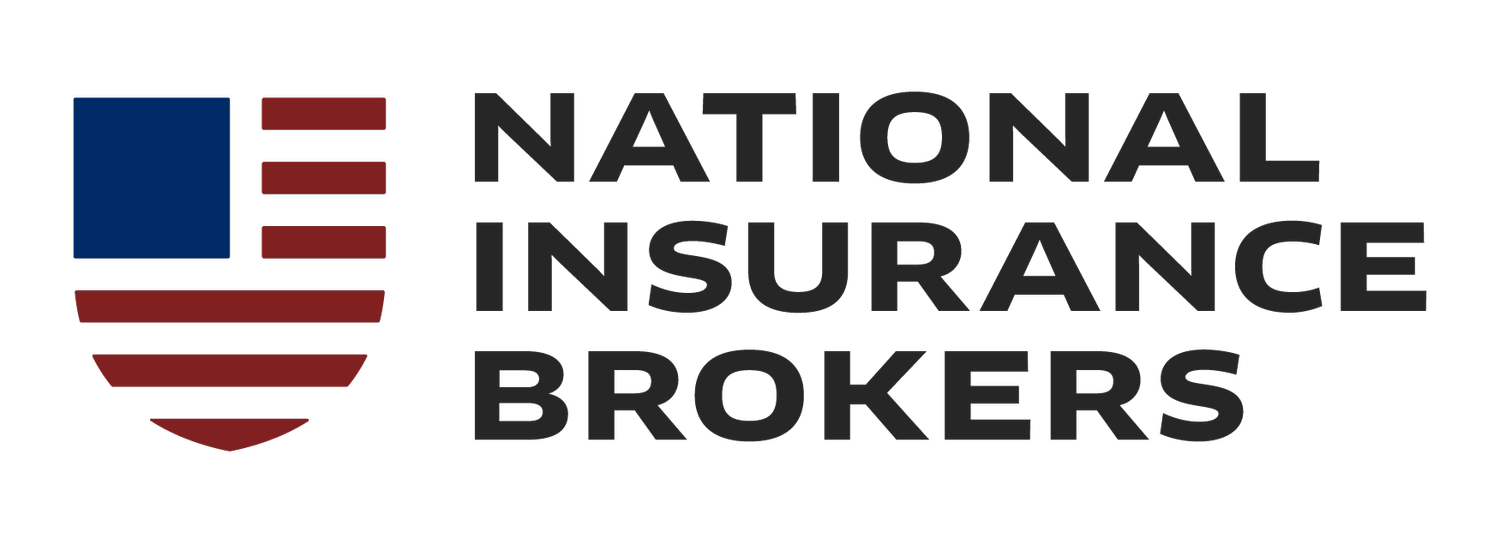Steps To Take After an Auto Accident
A car accident can be disorienting and stressful, but knowing what steps to take immediately afterward can make a significant difference.
Not only can it assist in the insurance claim process, but it can also help ensure everyone involved gets the necessary care and information.
In the moments following a car crash, your safety and other drivers' safety should be your top priority. Here's a guide to walk you through what to do after a car accident occurs.
Step 1: Check for Injuries and Move to a Safe Area
After a car accident, the first thing you should do is check for any serious injuries. If you or the other driver is hurt, prioritize calling emergency services. Once you've assessed the well-being of the other driver and all parties involved in the accident, the next step is to move to a safe area if possible.
Activate your hazard lights to warn other vehicles of the accident scene. If the vehicles you or the other driver are driving obstruct traffic and it's safe to move them, guide them to the side of the road or another secure location. Keep your hazard lights the whole time you're at the scene of the accident.
Take a moment to gather your composure. It’s crucial to be in a rational state of mind for the subsequent steps. While waiting for emergency services, you should set up reflective emergency triangles or cones if you have them. This will help alert other drivers to the car accident scene and minimize the risk of additional collisions.
Step 2: Calling an Ambulance or Law Enforcement to File a Police Report
The car accident's severity will dictate whether you need to call for an ambulance or law enforcement. You or the other party might think you don't need a police officer, but in any case, it's better to be safe than sorry. Call 911 or call the police and explain the situation to the operator. When you call the police, provide details about the car accident, including vehicle location, how many vehicles are involved, and whether there are any injuries or property damage.
Even in a minor collision, to call the police is generally a good idea as many insurers require an official accident report when you file an auto insurance claim with your car insurance company. After calling for assistance, ensure you get the responding police officer's name and badge number for your records.
When the police arrive, they typically take statements from all drivers involved and may issue traffic signals or citations based on state law. They will note down the license plate numbers and take each driver's insurance card.
The police will also generate an accident report, which can be invaluable during the insurance claim process. Make sure to obtain the police report number; you'll need it when you communicate with your car insurance company.
Remember, this is just the beginning of the claims process, and several more steps must be followed. However, these initial steps can set the tone for everything that follows, from repair costs to medical bills. So, handle them with care and precision.
Step 3: Exchange Information with Vehicles Involved
After making sure everyone is safe and calling for the necessary emergency services, your next move should be to exchange information (and exchange insurance) with all drivers involved in the car accident. This is a crucial part of the car insurance claims process and will help when dealing with the car insurance company.
Collect names, driver's license numbers, and contact information, as well as the other driver's auto insurance company card details. Don't forget to note down the policy number, driver's license information, and auto insurance company name. Ensure you fully exchange information as well as exchange insurance.
Additionally, it's smart to capture the vehicle's license plate number, type, and model for all motor vehicles involved. This data will help you when you file an auto insurance claim or if you need to contact the other driver's insurer.
It's not just about gathering information; be prepared to share your own motor vehicles insurance details as well. You can ease this exchange by having your driver's license, car insurance company card, and registration ready.
While at the scene of the car accident, it can also be helpful to take pictures of the vehicle damage, skid marks, and any dangerous conditions that might have contributed to the car accident. Capture multiple angles if you can. These photos can be vital pieces of evidence in both the insurance claim process and any potential legal proceedings.
Step 4: Get Roadside Assistance for Car Accident
If your car is not in drivable condition after the car accident, you'll need to get roadside assistance for towing services. Many auto insurance policies include roadside assistance as a part of their insurance companies coverage. Once you make the call, a tow truck will arrive to take your vehicle to the nearest repair shop or another location of your choice.
Roadside assistance is not just about towing; they can also provide aid like fixing a flat tire or jump-starting a car. If you find yourself stranded on the side of the road due to a car accident or any other issue, roadside assistance can be a lifesaver.
Keep in mind that the cost of towing and repairs will be part of the insurance claim process. Make sure to keep all receipts and document any conversations you have with your insurance agent, as well as the roadside assistance team and any other parties involved.
By following these steps, you're not only taking care of immediate concerns but also laying the groundwork for a smoother, more efficient car insurance claims process. It helps to have a car insurance professional like National Insurance Brokers guide you through the complexities of dealing with post-accident procedures. With the right steps and information, you can navigate through the aftermath of an auto accident with greater ease and confidence.
Step 5: Start the Claims Process With the Insurance Company
The aftermath of a car accident can be overwhelming, but it's important to initiate the insurance claim process as soon as possible. Contact your insurance agent or insurance company promptly to file an auto insurance claim. They can provide invaluable guidance through the claims process, making it less daunting.
You'll typically need to provide all the information and evidence you've gathered—such as police report numbers obtained at the nearest police station, pictures of property damage and vehicle location, and details of the vehicles involved. Many insurers also require you to submit an accident report form, including the minutiae of how the accident occurred and the extent of the vehicle damage.
Your car insurance agent can also discuss what coverage options are available for you, for repair costs or even a rental car if your vehicle is too damaged to drive. Knowing what your car insurance policy covers can offer financial and emotional relief during such stressful times.
Keep tabs on the claim process, ensuring you respond to insurance adjusters promptly. This expedites getting your vehicle repaired or replaced, so you can get back on the road quicker.
Conclusion - What To Do After Auto Accident
A car accident is an unforeseen event that can cause significant stress and inconvenience. Knowing the correct steps after a car accident can help ease this burden. From ensuring safety and getting medical help to exchanging information and kick-starting the insurance claims process, each step is crucial for protecting your health and financial interests.
If you find yourself in an unfortunate situation involving a car accident, don't hesitate to contact National Insurance Brokers, an insurance company where you'll get personal attention. We’re not just here to sell you insurance but to make you smarter about buying it.
Our team of insurance professionals can guide you through each step, ensuring you get the most out of your insurance coverage when you file a claim. Contact us today for expert guidance and peace of mind, and we'll guide you through the complex world of insurance information.

